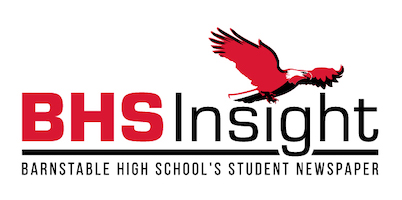College Boarding Collecting Cash
April 10, 2014
A profit of $65.6 million in 2010, three separate lobbying firms, seven registered lobbyists. No it’s not a department store or a travel agency, it’s our good friend The College Board.
The College Board was originally founded in 1900 by Harvard and 11 other universities to help level the playing field in college admissions. Since then, it has evolved into a money-making powerhouse with a political agenda.
For me, it began sophomore year when I purchased the SAT prep book. Then, I took the SAT twice, and registered late both times. My guidance counselor told me I should take about three subject tests because some colleges require them, so I did. I then sent them off to all seven of the colleges I applied to along with my SAT scores. Also, in the course of high school I have taken six AP classes. I paid for all six tests and the costs for sending those scores to my colleges. More than $900 later, I finally tested my way through college applications. All I can say is, you’re welcome College Board.
Why is testing so expensive? Gaston Caperton, who stepped down from running The College Board in 2013, said in a Bloomberg.com interview, “I happen to believe whether you’re running a government or you’re running a not-for-profit that you have to run it in a business-like way, which means that you have to have your revenues more than your expenses.”
And like every good business, The College Board has successfully sneaked its way into our government. According to dailyrepresent.us, the College Board has spent $1,485,750 since 2009 trying to influence legislation. This legislation includes an attempt to make the SAT a requirement in California high schools. It also includes the $53 million in fee waivers and subsidies the College Board gave out in 2011 as part of their “equity platform.”
However, to the credit of the SAT, new changes including reverting back to the old 1600 scale, will allegedly “focus on the knowledge and skills that current research shows are most essential for college and career readiness and success” (collegeboard.org).
Also, the percentage of students applying to seven or more schools has almost doubled to 25 percent in 2010 from 2000, according to the Cooperative Institutional Research Program’s Freshman Survey. More schools inevitably means more money spent on testing.
The College Board says that its exams provide “a path to opportunity” in order to “keep pace with what colleges are looking for today.” But due to these exams, students may spend all four years of high school paying simply to test into college, just in case $50,000 a year in tuition wasn’t enough already.
So by senior year when you have sent The College Board almost $1,000 in testing fees, try not to be upset. Remember, it’s just good business.

